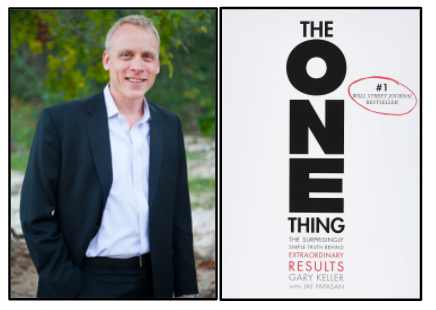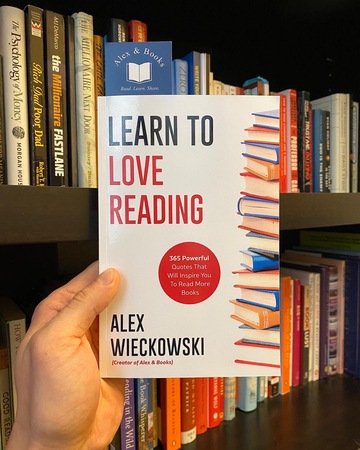If there are two things everyone knows, it is that cigarettes are bad for you and reading books are good for you. Although smoking is bad for you, it seems people are able to start this habit without a guide or how-to article. Humans, unfortunately, tend to find it easier to pick up bad habits instead of good ones.
There are no how-to articles on becoming a chain-smoker, being obese or becoming addicted to Candy Crush. For some reason, our species picks up bad habits with ease.
Chain-smoking and obesity are both serious health issues that we can visibly see in our everyday lives. However, there is another prominent issue in our society, and that is the lack of reading books.
Books are wonderful tools that can educate and inspire people. Reading gives individuals new perspectives on life and allows them to travel time and space without ever leaving the comfort of their living room.
Most people I’ve talked to said they stopped reading books after high school or college. Of course, they wished they could read more but they blame a lack of time as the culprit. Hearing this repeatedly, I decided to write an article to help others find time to read.
If you’re wondering why reading is so important, here are 5 science-backed reasons:
1) Reading increases intelligence
2) Reading can make you more empathetic
3) Reading can help fight Alzheimer’s disease
4) Reading can help you relax
5) Reading can help you sleep
Below are 3 steps to help you find time for reading:
1) Record Your Time
Before you can ‘find time’ you must first find out where all your time is going. As the legendary management writer Peter Drucker says in his book The Effective Executive, “The effective executive therefore knows that to manage his time, he first has to know where it actually goes” (Page 27).
I’d recommend drawing out your day in a 24-hour time frame and breaking it down in 1 hour or 30-minute intervals. The more detailed your breakdown, the more you’ll benefit from this exercise.
2) Analyze Your Time
An average day consists of sleeping for 7 hours and working from 9 am to 5 pm. Here’s a breakdown of my day:
7 am – 8 am: Wake up and prepare the day
8 am – 9 am: Commute to work
9 am – 1 pm: Work
1 pm – 2 pm: Lunch
2 pm – 5 pm: Work
5 pm – 6 pm: Commute home
6 pm – 7 pm: Dinner
7 pm – 12 am: Leisure time
12 am – 7 am: Sleep
The ideal day would have 8 hours of sleep, 8 hours of work and 8 hours of free time. However, the truth is most people sleep less than 8 hours, work more than 8 hours and have less than 8 hours of free time.
After accounting for commuting and dinner, I have 5 hours left of free time. It’s recommended that everyone exercise daily for 30 minutes, plus traveling to and from the gym also takes up time. That leaves about 4 hours of leisure time that could be spent reading books. However, most people spend this time watching Netflix, playing video games, or hanging out with friends.
It isn’t the lack of time that is a problem, it’s the lack of priority. People watching Netflix tend to binge-watch, and playing video games whether it’s on your Xbox or iPhone tend to be extremely addictive.
One tip that’s helped me get more reading done is forcing myself to read for at least an hour before engaging in other leisure activities. Also, keep devices such as your phone and laptop in another room so you aren’t distracted by texts or tempted to check social media.
3) Look For Hidden Pockets of Time
According to the U.S. Census Bureau, the average travel time to work in the United States is 25.4 minutes. That means a round trip is approximately 50 minutes long. My commute is about an hour-long trip. Thus, I usually spend two hours on the train every day.
It may be hard sometimes to read a book on a train if you aren’t sitting down, but there's also the option of reading a book on your phone or kindle since it requires only one hand. This allowed me to get an extra hour of reading in every day.
Most employers give an hour lunch break but no one needs an hour to eat a sandwich. Instead, have a 30-minute lunch and spend the remainder of the time reading. This adds an extra 30 minutes of reading into your day.
Try to find pockets of time in your daily schedule for extra reading time.
Everyone should be exercising for physical and mental benefits. The Mayo Clinic says that as a general goal, adults should aim for 30 minutes of physical activity each day. However, this time could also be used for reading. Listen to an audio book while running or lifting weights.
Lastly, create a bedtime ritual of reading before going to bed. The National Sleep Foundation points out that scientists have found evidence that suggests light from electronics have the potential to disrupt sleep. They recommend turning off all devices for at least an hour before bed. Instead, spend time winding down with a good book. You’ll get some reading done and sleep better!
Hopefully by following these 3 steps you’ll be able to find plenty of time for reading. If you’re looking for a book to read I’d recommend checking out this list of 100 Books to read in a lifetime. Click the button below!
If you enjoyed this article, consider supporting our site or signing up for our monthly newsletter. Thank you!
Reader freebies:













